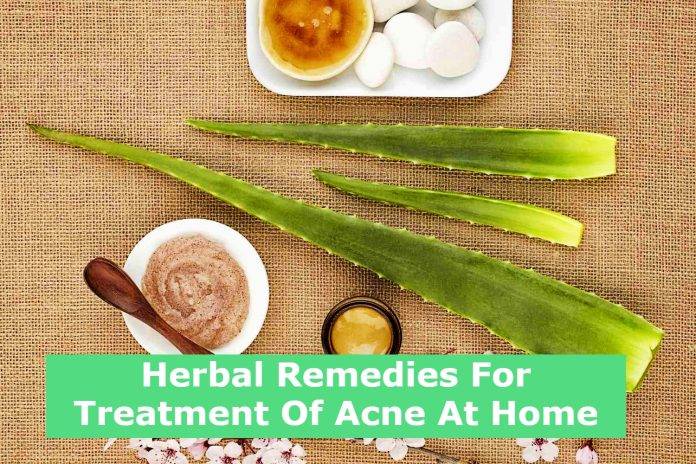One of the most common things that people ask is what can I do to treat my acne. Fortunately, there are a number of ways to help. There are herbal remedies that can work for you and you don’t need to be a doctor or a pharmacist to know how to use them.
Echinacea
Echinacea is one of the most commonly used herbs in acne treatment products. This herb contains antioxidants that reduce inflammation. It also has antibacterial and antimicrobial properties.
One of the ways Echinacea works is by reducing the growth of Propionibacterium bacteria, a bacteria that causes acne. The bacteria clogs the pores and releases chemicals. Inflamed and clogged pores result in acne breakouts.
The herb can be taken orally or applied topically. When it is applied topically, it helps to calm down the inflammation and make it easier for the acne to heal.
A tea made from the herb is a popular option. Drink it three times a day.
Chamomile
Chamomile is a great ingredient for skin care. It has antioxidants and anti-inflammatory properties that can protect your skin from free radical damage. In addition, chamomile can help reduce redness and discomfort from acne.
Acne is a condition that involves clogged pores and inflammation. Increased inflammation can cause your hormones to overdrive, leading to the production of more sebum. Impurities such as bacteria, dead skin cells, and sebum are also contributors to acne.
Chamomile has anti-inflammatory and antiseptic properties. Flavonoids and polyphenols are powerful antioxidants that work to protect your skin from the damaging effects of free radicals. They also help to heal damaged tissue.
Aloe Vera
Aloe Vera is a natural acne treatment that is safe for all skin types. It is also a great way to help with acne scars. When applied to the affected area, aloe vera can reduce the redness and inflammation associated with acne.
Aloe Vera is rich in antioxidants, minerals, polysaccharides, and vitamins. These nutrients promote collagen synthesis and protect the skin against UV damage. Additionally, aloe helps the skin retain moisture, prevents wrinkles, and provides relief from dry skin.
In addition to its healing properties, aloe has antibacterial and antifungal properties. This helps to reduce the chances of acne-causing bacteria getting into the pores.
Tea tree oil
Tea tree oil is a popular treatment for acne. It can work to reduce inflammation, cleanse the pores, and dry up blemishes. But before you try to apply it, be sure it’s diluted correctly.
One way to find out if tea tree oil is the right choice for you is to test it on a small part of your skin. You can do this by dabbing it on a blemish. If the area stings, you should discontinue use immediately.
Other ways to test whether the oil will work on your skin is to compare it to a more common acne treatment, such as benzoyl peroxide. If it does not sting, then you should continue to use it.
Spearmint tea
If you’re looking for a natural way to treat your acne, then spearmint tea may be the answer for you. The tea contains antioxidants, which are known to help prevent skin damage. Also, it can reduce inflammation, which is a big factor in acne.
Spearmint tea has been shown to have a variety of benefits, from its anti-inflammatory properties to its ability to soothe the digestive system. Taking the tea can also reduce stress and improve sleep patterns.
In addition, spearmint can work as a diuretic. This means it can help to rid the body of toxins and excess water, which will in turn help the skin stay clear.
Witch hazel
Witch hazel is an herb that has been used for thousands of years as a skin treatment. It is a natural product that has antioxidant and antibacterial properties, which can help heal acne.
Its astringent properties can help reduce the appearance of large pores, and it can also reduce inflammation. Witch hazel can be applied directly to the affected area, or you can use a cotton swab to dab it on.
However, it is important to note that it may dry out your skin. So if you’re looking to try this ingredient for acne, be sure to check the label carefully.
Alcohol ingredients can also dry out your skin. To avoid this, be sure to do a patch test first. You can do this by placing a small amount on the skin, and leaving it on for 30 minutes. If you don’t notice any rashes or redness, you can proceed.




